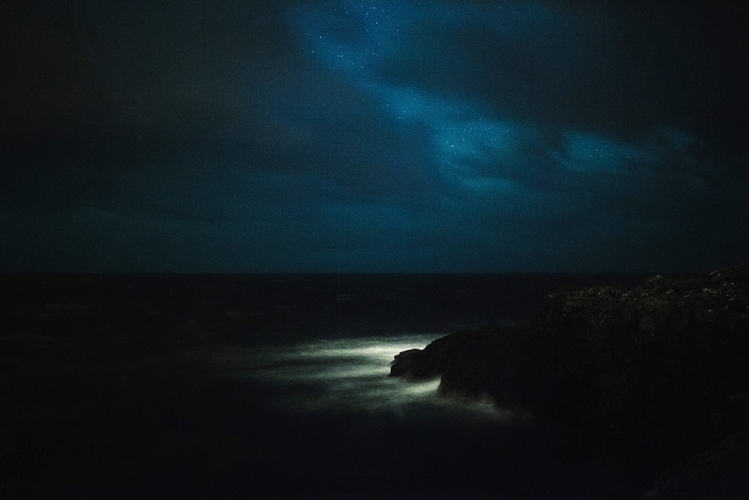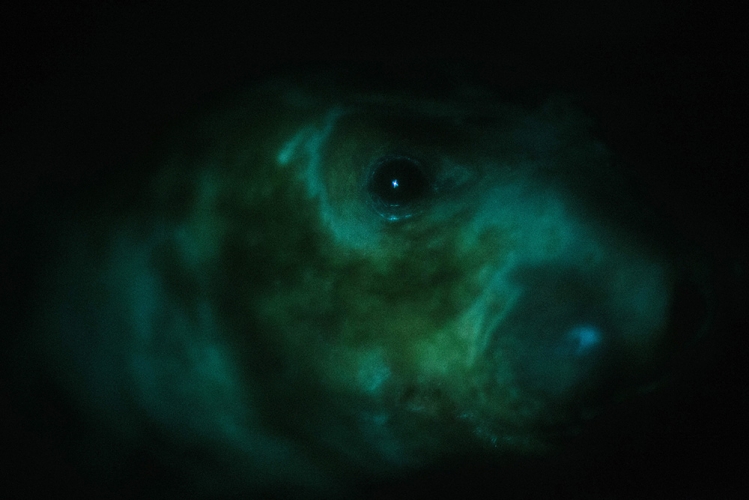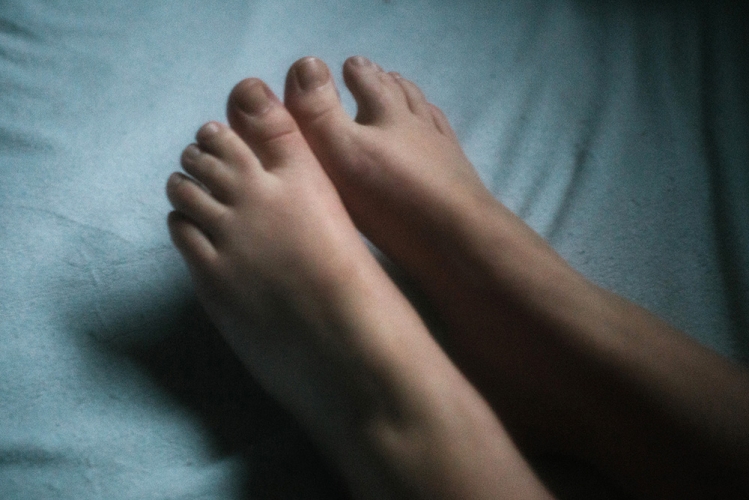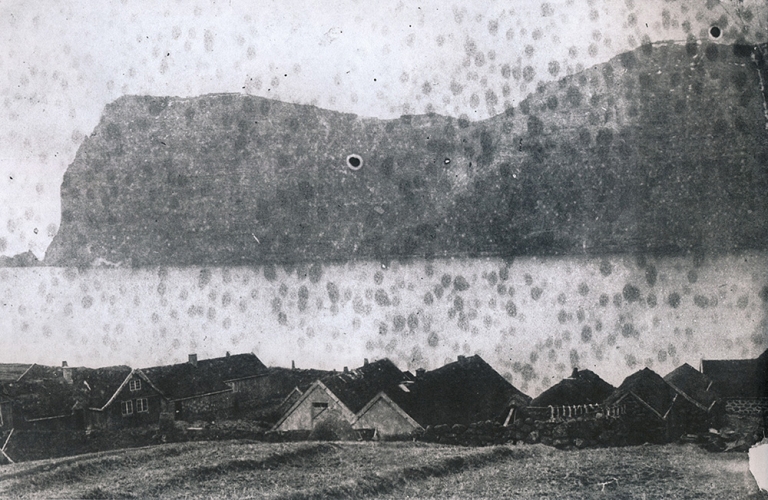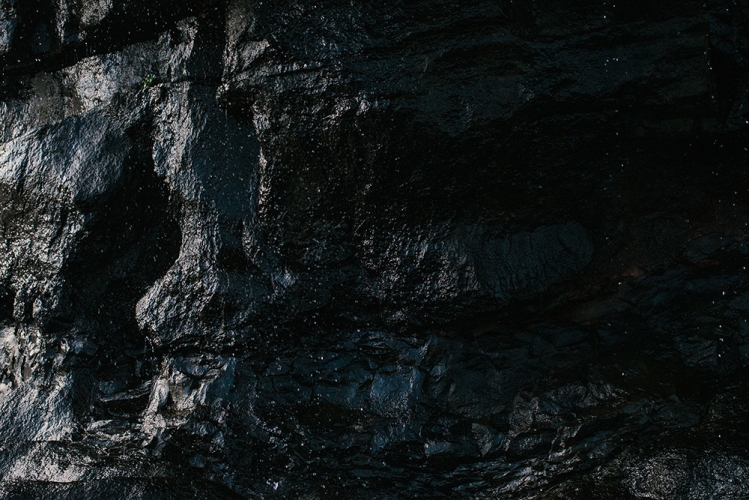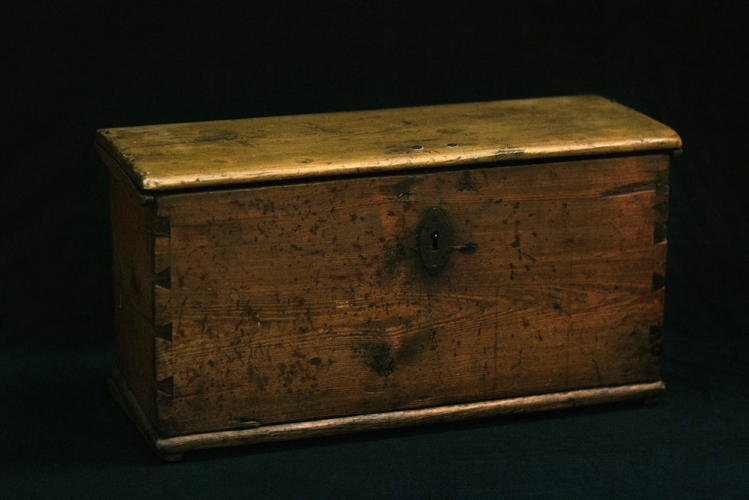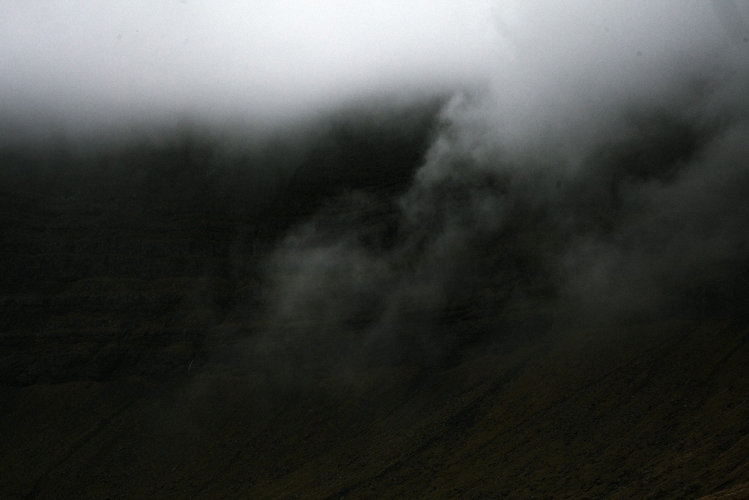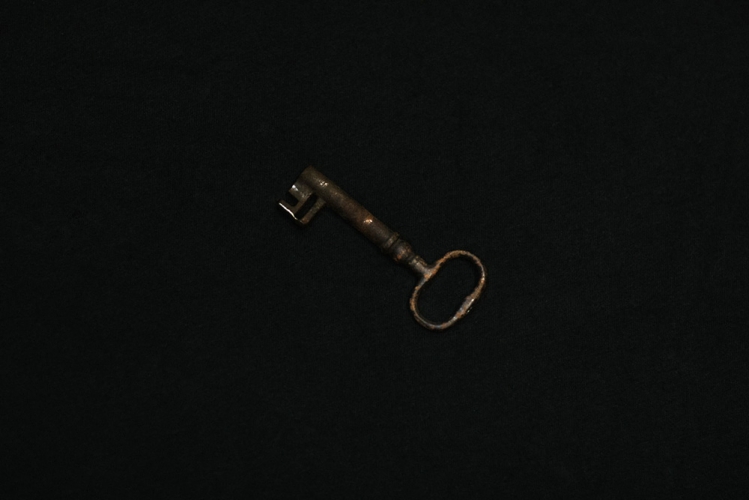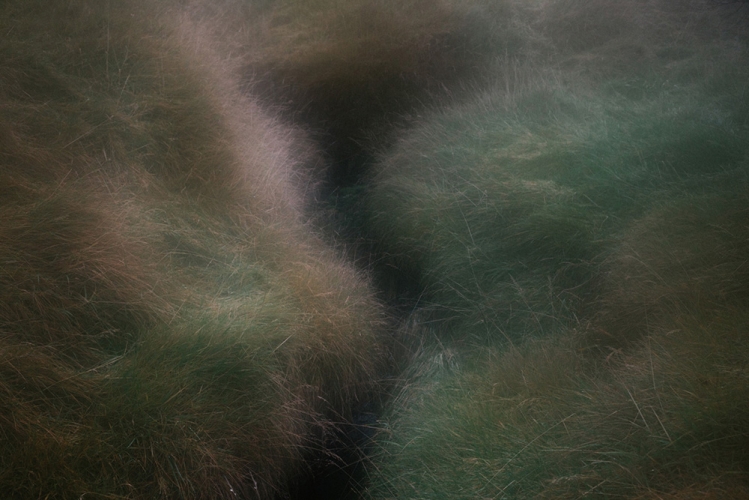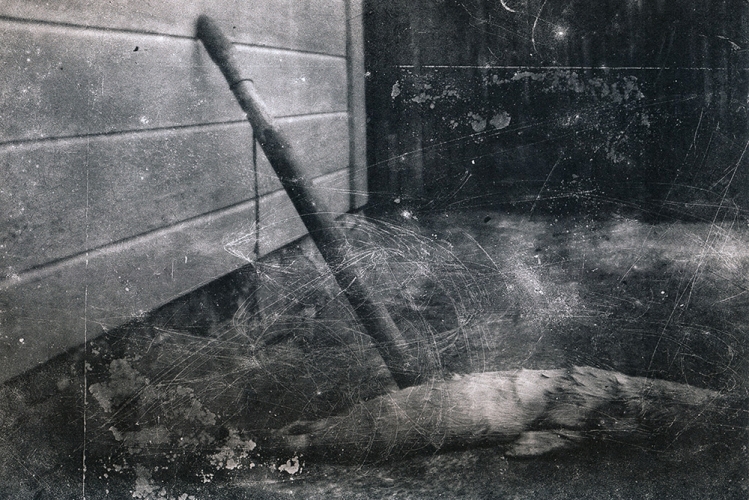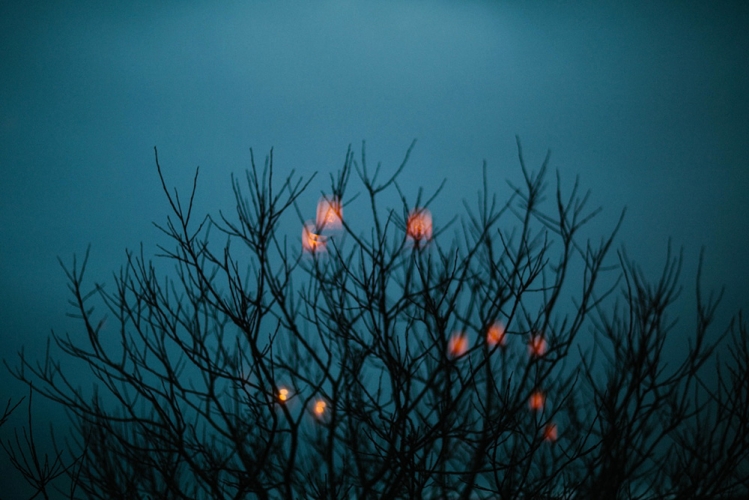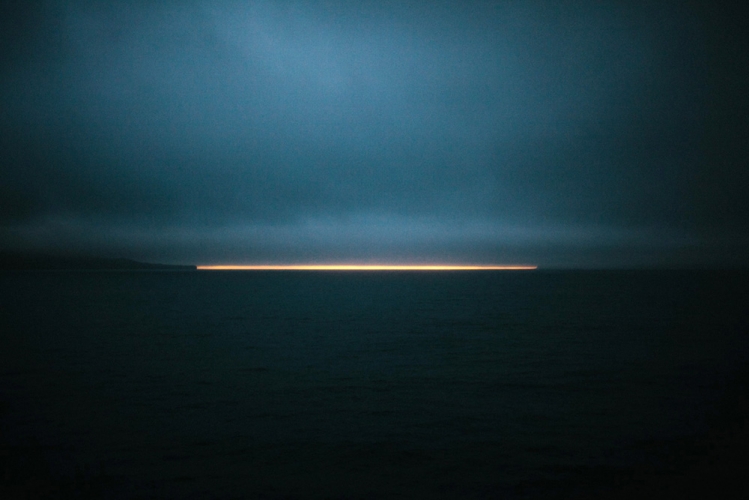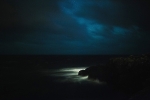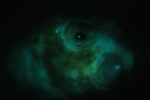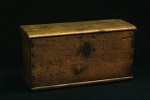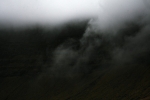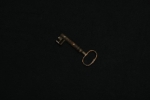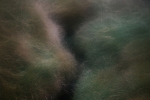Emanuele Camerini (b. 1987) is a freelance photographer.
He devotes himself full time to visual storytelling, focusing his attention to social and cultural issues.
In 2014 he attends the Advanced Visual Storytelling class at the Danish School of Media and Journalism in Aarhus (DK)
In 2015 he is among the selected photographers for the masterclass with Aaron Schuman at the ISSP in Latvia.
He currently lives and works between Italy and Denmark.
When I entered the room, Vilhemina was sitting by her piano, rehearsing some old traditional faroese music with a friend. She’s a tiny woman who lives in a small village surrounded by cliffs and mountains. A few steps away from her house is a rocky beach where you can hear the sound of the small stones as they move with the waves.
“It’s easy to see seals on that beach. Perhaps, if you are lucky you will see them as well.†Vilhemina puts aside her music sheets and starts to arrange a tray with coffee and cookies. “Well, I can say that I married the legend because my husband belonged to the Trondesen family, a family from Skalavik, which is considered to be a descendant of the seal woman. He hadn’t, but I remember a lot of his relatives had webbed fingers and the whole village called them ‘The Seals’.â€
“Many years ago,†she starts as she browses through the pages of an old book of tales and legends, “I was invited by friends to dinner where they cooked seal meat. When I realized that I was going to eat seal, I was embarrassed. I didn’t want to appear rude by rejecting the food but on the other hand I didn’t want to eat it. There’s a special relationship between us and them: seals are unique creatures and maybe, as the legend says, they are even humans.â€
Everyone in the Faroe Islands knows the Seal Woman story. It’s one of the most famous tales in the country and even, until this day, both young and old have heard of it. The first record of the story in the Faroese language is from 1841 by V. U. Hammershaimb. Since then, it became one of the popular kvæðir - a traditional ballad - sung during the Faroese chain dance.
“In winter time, we used to gather all together in a small room to sing Faroese chain dance.†Bodil, who spent her entire life in Mikladalur, pours her coffee and when the cup is full she just remains still, searching for the right words. “In the past, dancing in such a small place was the perfect way to heat yourself up and spend good time in company with the other villagers. The Seal Woman ballad was one of our favorite and it still is of course.â€
Nowadays, indeed, chain dance is performed during special events and occasions and it’s interesting to learn that when it comes to Kópakvæði - the Seal Woman ballad - the revenge part is not sung anymore, in respect to the men who still live in the village or just to avoid bad luck.
“It isn’t nice at all to sing about such a scary thing as the curse of the Seal Woman. And it’s just not fair towards the men of our island. I’m not a believer, but it’s good not to challenge the destiny.†It’s curious to see how the legend still influences modern society somehow.
Even though most of the people don’t believe in the legend anymore, they don’t want to confront it directly, simply choosing to skip the spooky part, so everyone can be safe. This anecdote depicts how the traces of the clash between humans and wild nature reverberates in the contemporary culture.
The Seal Woman legend becomes a way to learn how to respect nature and how to deal with wildlife in the Faroe. A proof of this is the fact that seal-hunting is no longer practised in the Faroe. There’s a kind of respect for seals, and it comes from the Seal Woman story.
“There was a seal which used to lay down on a flat rock in front of our village,†says Palli, an elder villager from SkalavÃk. He’s soon to turn 89 but his looks still appear as fresh as a young man’s. He plays around with his flat cap while he speaks and even though he was very young back then, he has clear memories. “And one day this guy - he actually was one of my friends - decided to shoot it, simply because he was bored. I remember, that when he did, there was big outcry in the community because of it. It was just a seal of course but our village is one of the Seal Woman legend. And even though that is just an old story, we should respect it.â€
Some people, indeed, are considered related to the legend because of their physical peculiarities and distinctive skills. If you are born with webbed toes, then you’ll be immediately identified as a descendant of the Seal Woman’s family. The same goes if you have very short hands or if you are a good swimmer.
It can be taken either as a joke or as a serious matter, but still, this is a strong connection between the legend and the real world, and it’s something which keeps the story alive still today. “Since I was a child, my grandmother told me faroese sagnir (old legends and tales)†says Maria, a seventeen years old girl who lives in Torshavn. “Especially the seal woman one. She said we come from her family because of our toes. For me that legend is a sad story.†She drinks a sip of her coffee and goes on. “And even if my friends made fun of me at school because of my feet, I didn’t care. I kind of like to think that I have something special.â€
As with many other legends, the Seal Woman includes, within itself, many different layers. It is a story about desire, love and fear; about creating a new identity away from the native land and about longing to return home both literally and figuratively. It tells us about feelings which are both universal and contemporary. Emotions are a decisive factor in people’s lives and the supernatural makes it possible to give them form and expression in the legends.
It’s almost dinner time and from the kitchen you can hear Vilhemina’s son in law struggling to cut a large piece of mutton. Vilhemina places the old fairytales book back on the big wooden shelf and then suddenly she stops half way. “Oh, one more thing before you leave. I remember my father kept telling me and my sisters: ’You can believe in the legend. You don’t have to be afraid of it but please, don’t seek for it’.â€
Driving back home, the tiny village slowly disappears behind me and rises up the mountains. The rocky beach will sound all night long and I wonder if some seal will soon dance there, to the rhythm of the small stones.

